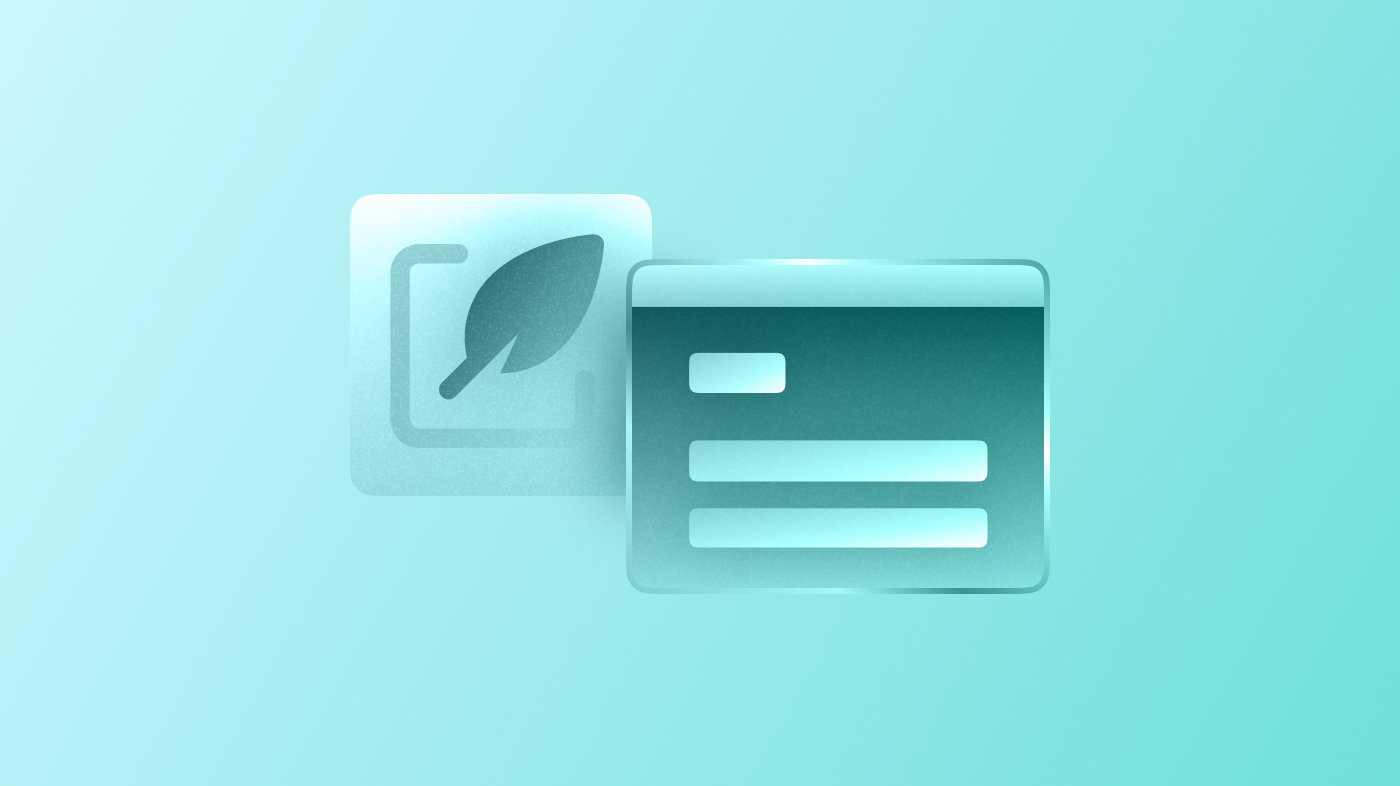How Can Headless Benefit SMBs?
You’ve probably heard how Headless CMS is all the rage with enterprise companies looking to manage their extensive web presence. It’s often praised for its ability to deliver omnichannel experiences, easily connecting multiple websites, apps, and IoT devices.
From all this hype, you might conclude that you can’t use a Headless CMS unless you’re running ten websites, five apps, and connecting with smart-watches and digital ad displays. But, that is not the case.
In fact, businesses of all sizes can find ways to elevate their online presence using a Headless CMS.
Why Headless?
With the changing demands of the digital business sphere, the need for technological innovation is more apparent. As a result, the Headless CMS is growing popular with marketers and developers and has seen increasing implementation as a way for businesses to adapt and gain a competitive advantage.
According to a study by StoryBlok 82.91% of ppl that switched to a headless CMS reported that they saw improvements to their efficiency, budget, productivity, KPIs and revenue.
Sounds exciting right?
But, how can a Headless CMS work for you?
In this article we’ll give a brief overview of how a Headless CMS can be transformative for SMBs and, potentially, revamp your business.
Developer freedom
Traditional CMSs tend to be “opinionated” in the ways they want developers to work with them. Since the front and backend are coupled together, changes to either end will be heavily dependent on the other.
Essentially, a traditional CMS has a particular way it wants to be worked with and deviating from that can be difficult and cumbersome.
Headless, however, isn’t tied to a specific frontend technology. This removes a lot of the restrictions of a Monolithic CMS. By allowing you to build your presentation layer from scratch, developers have much more freedom and flexibility with how they develop the client-side of a website or application.
Additionally, developers will be able to choose the tools they want to use for the project. This offers two benefits to the development workflow:
- The ability to choose frameworks that are better suited to the needs of the project
- The ability for developers to use tools they are familiar with, resulting in a smoother development process
Better user experiences
User experience is a crucial differentiating factor when it comes to your online presence. Users running into slow load times or confusing layouts won’t stick around to find out about your business and you’ll lose a lot of potential leads. What’s more, 88% of people who have a bad experience with a website won’t return to that site.
On the other hand, delivering a pleasant and useful experience has a higher chance of acquiring valuable repeat customers.
With the development flexibility of a Headless CMS, you can design unique and personalised user experiences for your audience.
- Since the frontend is being built from scratch, you don’t have a lot of the excess features of pre-built themes.
- A Headless CMS allows for more streamlined code, meaning you get a lightweight site that runs faster. Site speed not only ensures a better user experience, but also provides an SEO benefit for your site.
- You can create websites that match your artistic vision. You aren’t restricted by cookie-cutter templates, allowing for unique designs that stand out from the competition and delight your users.
- Headless easily integrates with third-party software so you can implement personalisation into your CMS.
- This brings us onto our next section…
Composability
Headless isn’t just about the ability to attach multiple heads and swap them out like some kind of internet hydra.
With Headless, you can incorporate your favorite martech tools and transform your CMS into a marketing powerhouse.
The flexibility of API-based architecture means you can also easily plug other tools into your frontend. Since your “head” isn’t integrated with a particular platform, you’re free to connect third-party tools into your tech-stack.
Whether it’s a CRM or analytics tool, you can customize your CMS functionality to suit your precise needs.
This also opens up the opportunity to construct a Digital Experience Platform (DXP) with your CMS.
Headless grows with your business
With a Headless CMS, you have separate storage/data layers from presentation layers. This means each is independent and can be scaled separately. Updating your backend can be done without interruptions to frontends and vice versa.
Additionally, a Headless approach makes it easier to swap out technologies as needed, whether that be a frontend framework or a marketing tool. The composability of a Headless CMS allows for flexible and rapid scaling.
As your company grows, instead of transferring to a new CMS, you can integrate new functionality to adapt to the changing needs of an expanding business and keep pace with evolving technology.
Conclusion
The benefits of a Headless CMS are not exclusive to companies of a certain scale. Even a single website can benefit from a Headless approach.


